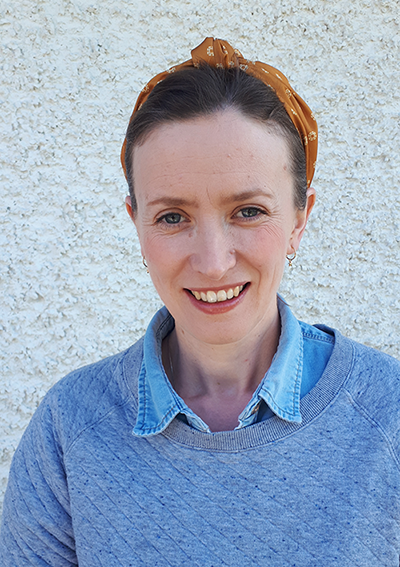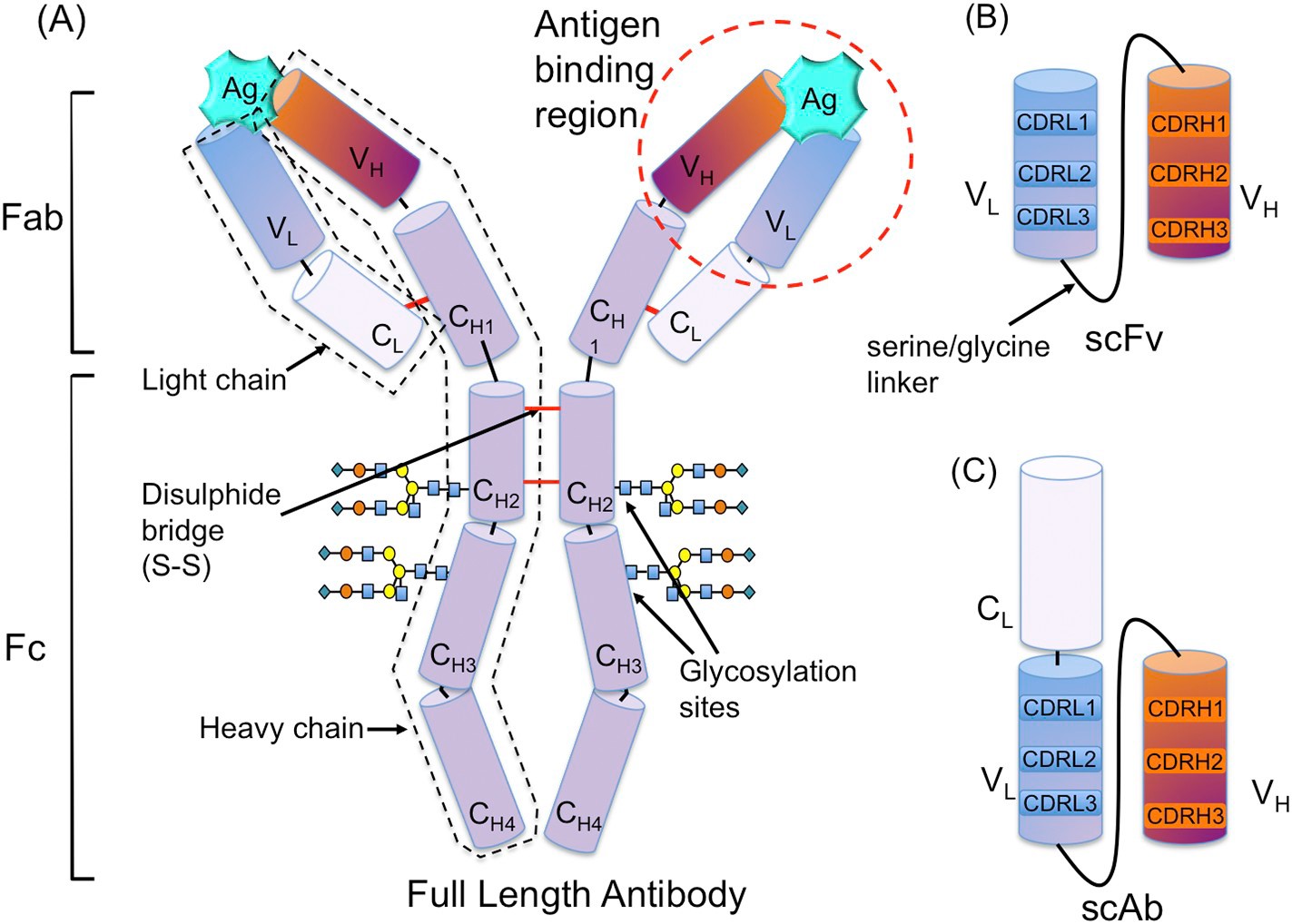Dr. Caroline Murphy studied and obtained a PhD in biochemistry and immunology. Now as a Post-Doctoral Researcher, her focus is on developing antibodies that can be used to test for harmful algal toxins (namely microcystins) and man-made contaminants in freshwater and marine aquatic environments.
Ximbio spoke to Dr. Caroline Murphy to discover why identifying the presence of microcystins in freshwater environments is so important and why antibodies are the ideal tools for the job.
Microcystins – Contaminating freshwater environments
Microcystins are a type of cyanotoxin, produced by certain freshwater cyanobacteria. These algal blooms can damage freshwater environments such as water reservoirs with potential impact on human health as exposure to microcystins causes hepatotoxicity. Numerous variants of microcystin have been discovered and many freshwater lakes such as Lake Erie in the USA are known to suffer from persistent algal blooms, with microcystin-leucine-arginine being the most common.
Antibodies can be used as biosensors to detect the presence of microcystins within freshwater samples. Treatment of microcystins often involves oxidation or filtration of the contaminated water. Accurate detection, through the biosensors, of the type and form of the cyanotoxins present is imperative to assess whether the water is safe to drink or can be used for recreational activities and whether the correct water treatment process is applied.

The power of antibodies
Having spent her early research years studying biochemistry and immunology with a particular focus on immunoassay-based diagnostics, Dr. Murphy’s experience with recombinant antibodies enabled her to transfer her knowledge of generating such antibodies to be used in the field of environmental research.
“I didn't think I'd end up on this path, looking at environmental monitoring because I was so immunology based, but it is really interesting, and it is really making a difference. It is very important to be able to detect these toxins in the environment and see how much more prevalent they are becoming because of climate change”
The challenge is to create rapid tests incorporating antibodies that remain accurate and with long shelf-lives to be used to detect microcystins outside of the lab, in challenging environments such as lakes and oceans. Dr. Murphy has generated a novel single chain fragment variable (scFv), which was the first known report of a recombinant anti-microcystin avian antibody. Since then, Dr. Murphy and the Dublin City University laboratory have generated a number of similar antibodies to detect microcystins and other environmentally relevant toxins and contaminants.

Image of the avian derived IgY molecule, alongside scFv and scAb fragments. The scFv fragment cosists of VH and VL domains lined by a serine-glycine linker, and displaced structurally important CDRs. While the scAb fragment is composed of a human kappa CL connected to a scFv. From Murphy et al., 2018. J Immunol Methods.
Developing lab tools for real world applications
In 2021 Dr. Murphy will be working on a European Horizon 2020 project, “TechOceanS”, led by the University of Southampton, to identify ways of getting these antibodies out of the lab and into oceangoing systems. The antibodies will be used to map and assess oceanic ecosystems.
